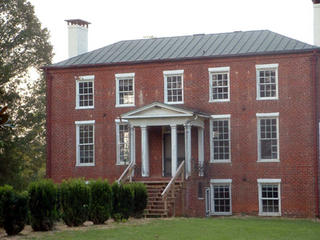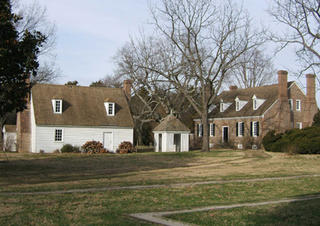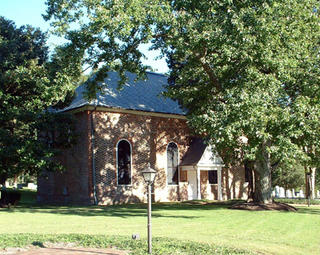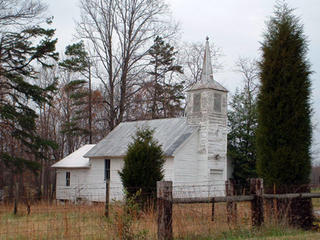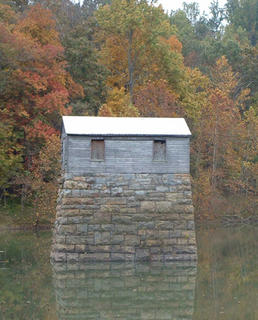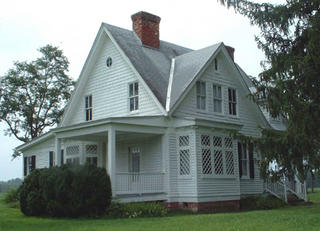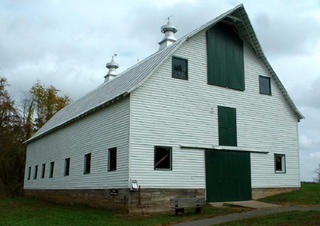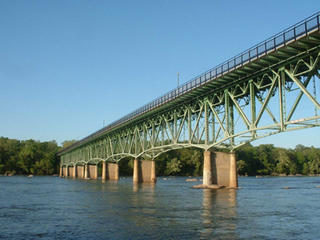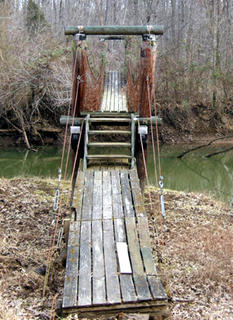Visual Lagniappe from 60 HIKES RICHMOND
It's been months since I posted to this blog, having determined to put it to rest in order to tackle
a new job and wrap-up a major writing project, the guidebook
60 Hikes within 60 Miles: Richmond. Now that the latter has gone to press, it occurs to me that this site (thanks to Google) remains an asset for more than posterity's sake. Why not use this webpage to post photos, and perhaps annectdotes, omitted from the book because of space limitations? Among the images below are several I first posted as a series during the course of my research.

All the photos below were taken within 60 linear miles of Richmond, Virginia, seen here from the footbridge that accesses Belle Isle.

A fallen tree rests in Morris Creek Marsh.

A Cypress Stand on the Chickahominy River a few miles away.

A great blue heron standing on a submerged tree stump at Newport News Park.

A 400-year-old wheat field at Chippokes Plantation.

The beach just downhill along the James River.

A boulder garden in the James upriver.

A pair of old barns in Amelia County. The neighboring farmhouse has been abandoned.

A different dilapidated farmhouse, this one along Walnut Creek in Albemarle.

The mist and lighting in this photo of Walnut Creek Reservoir recall a naturalist painting.

The Smoot House at Caledon State Park is almost a century old. John Alexander, for whom Alexandria was named, settled the area in 1659.

Big Meadows Creek threads through a wide marsh before it empties into the Potomac.

Just upriver, pale dolomite cliffs tower over the Potomac.

There are no hogs on Hog Island today. There are foxes.

This Civil War canon still guards Spotsylvania Court House Battlefield.

Small crabs thrive in this marsh bordering the York River.

These zebra swallowtail butterflies were shot on a bluff above the York.

The wrought-iron fence of a small, overgrown family cemetery in Powhatan County.

Beaver Lake, at Pocahontas State Park, was not built by beavers but men under 25 earning $30 a month as members of the CCC. $25 dollars were sent home to their families.

This cedar bog stands on the periphery of Holliday Lake.

A turbid Holliday Creek seen from atop the lake's dam.



